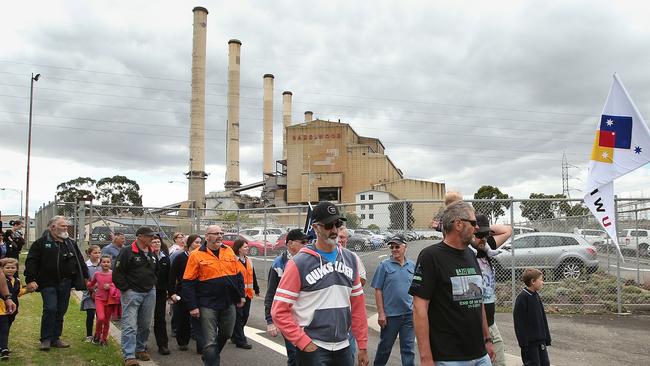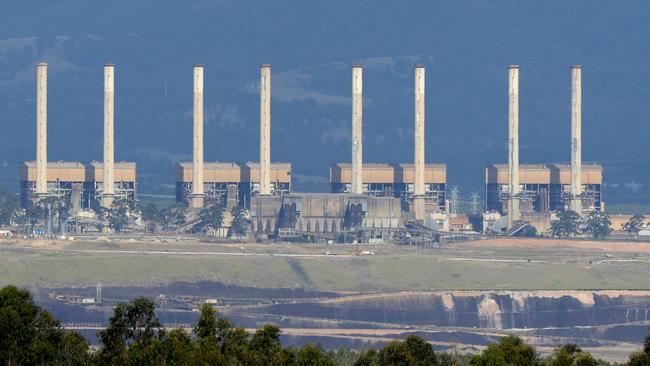Big battery set for Victoria’s Hazelwood coal site, backed by Macquarie, Engie
Macquarie Group will help finance one of Australia’s biggest batteries at the site of the former Hazelwood coal plant in Victoria’s Latrobe Valley.

One of Australia’s biggest batteries will be built on the site of the former Hazelwood coal plant in Victoria’s Latrobe Valley in the latest move to back up solar and wind supplies, which globally are on track to set a record for clean energy installations in 2021.
Macquarie Group’s Green Investment Group arm will jointly fund the 150-megawatt battery at Hazelwood along with France’s Engie, which caused an uproar after the coal plant closed with five months’ notice back in 2017.
Construction of the battery has started and the facility will be running by November 2022 to meet increasing demand over summer.
The battery can store an hour of energy generation from the rooftop solar systems of 30,000 homes and will be built, operated and maintained by Fluence Energy over a 20-year period.
Hazelwood was demolished in 2020, but the site has access to 1600MW of transmission capacity which Engie hopes to tap into with a variety of projects.

The Australian Energy Market Operator argues Victoria needs targeted investment in electricity transmission infrastructure as surging renewable supplies limit electricity stability, while the exit of the Yallourn coal plant in 2028 could strain the network.
Victoria recorded 1.2 gigawatts of renewable generation that either connected or started commissioning in the past 12 months, with 26.5GW of extra wind, solar and storage in the being developed, while rooftop solar grew to 3.1GW.
Separately, the International Energy Agency said despite rising raw material costs, new renewable power capacity was forecast to rise to 290GW in 2021, surpassing the previous high set last year.
By 2026 global renewable electricity capacity is modelled to lift by more than 60 per cent from 2020 levels to over 4800GW, the same as the current total global power capacity of fossil fuels and nuclear combined.
High commodity costs may dampen growth if sustained, the IEA said, although renewables would remain competitive with fossil fuels. Still, it warned that if raw material costs remain high through the end of 2022, the cost of wind generation would go back up to levels last seen in 2015 while three years of cost reductions for solar could be wiped out.
“This year’s record renewable electricity additions of 290 gigawatts are yet another sign that a new global energy economy is emerging,” said IEA executive director Fatih Birol.





To join the conversation, please log in. Don't have an account? Register
Join the conversation, you are commenting as Logout